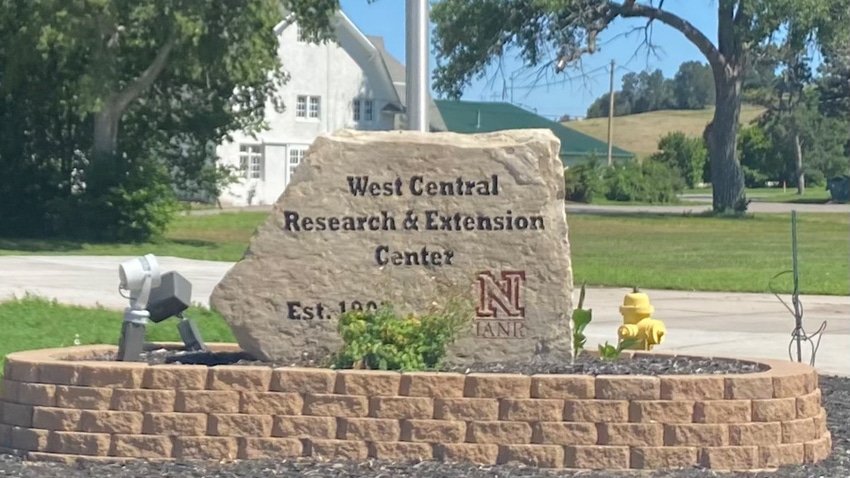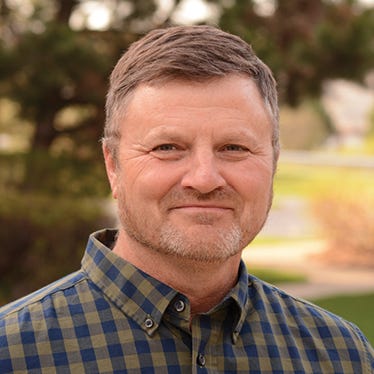
Every season poses new crop questions for farmers. That means new weather issues, new market trends, diseases or insects that attack crops. And we can’t forget the volatility of input costs.
The University of Nebraska Testing Ag Performance Solutions, or TAPS, program is all about answering questions. The best part about this competitive, simulated crop program is that even if you make big mistakes in the contest, it is a learning experience without putting your actual bottom line on the line.
That said, 2023 was a challenging year — not only in reality in the field for producers, but also for those participating in the TAPS program. That’s why strategies used last season by TAPS participants can give producers clues about how to survive financially in challenging crop years like 2023.
Multiple states involved
The competition in 2023 included four competitions in Nebraska, one in Oklahoma and one in Colorado — with six states represented as competitors, along with two overseas teams. That means more than 200 participants took part.
In Nebraska, sprinkler irrigated corn, subsurface drip corn and popcorn plots were all located at the West Central Research, Extension and Education Center at North Platte, with the sorghum plots located at the Henry J. Strumpf International Wheat Center near Grant.
Weather threw a curve at the North Platte plots. Total rainfall during the growing season from May 1 to Sept. 30 was 16.55 inches.
“That was average, maybe a little over,” says Chuck Burr, Nebraska Extension water and cropping systems specialist. “But we had hail on July 22, so we had significant wind and hail damage. At the time, the corn was around R1 and R2. The plants lost 35% to 50% leaf area, and the results show that this year.”
Burr says that yield losses were between 20% and 30% in the North Platte parcels.
But the weather wasn’t the only curve in this unique year. Nebraska Extension agricultural economist Matt Stockton says that in the past few years, the high in grain markets often took place in the fall after harvest. Although this is unusual, that is how TAPS teams that were most profitable lately have marketed their grain.
Marketing challenges
“People got used to the price being good at the end of the season,” Stockton says. “But this past year, the high was on June 20 at $6.28 per bushel for corn.”
In the contest, more participants waited until the end of the season to market their grain, but the bump didn’t come this year, so a good share of participants were dinged because of it.
Another factor was the type of crop insurance purchased by TAPS teams. “One farm collected more than $100 per acre in revenue from crop insurance,” Stockton says. “The type of insurance they bought and how they did in the field impacted profitability.”
For 2024, there will be a new soybean contest taking place at the Eastern Nebraska Research, Extension and Education Center near Mead. Contests are also being expanded outside of Nebraska, so 2024 will include competitions taking place in Kansas, Colorado and Oklahoma — with Texas in the planning stages for this year and coming onboard for 2025.
“This is an actual simulation, because we are actually growing the crop,” Stockton says. “We don’t make up the results. That’s the value of TAPS.”
“We have people following us to learn from what our teams learn,” Burr says. “They read our reports and make changes to their operations, just because of the TAPS results.”
Learn more about how to participate by emailing TAPS program coordinator Krystle Rhoades at [email protected].
UNL TAPS competition winners 2023
Irrigated Popcorn – 13 teams
Greatest yield, Roger Lansman, Ord
Highest input use efficiency, Nate Freitag, Byron
Most profitable, AK Acres, Imperial
Sorghum – 18 teams
Greatest yield, team of Brandon Rimpley, Orleans, and Ron Robison, Alma
Highest input use efficiency, team of Brandon Rimpley, Orleans, and Ron Robison, Alma
Most profitable, team of Brandon Rimpley, Orleans, and Ron Robison, Alma
Subsurface Drip Irrigated Corn – 16 teams
Greatest yield, Dizmang Ag, Moorefield
Highest input use efficiency, Rattlesnake Boys, including Kevin and Amy Harsch; Jay Johnson; and Jeremy Gewecke, Wood River
Most profitable, team of Jamey Balthazor and Dan Fitts, Scottsbluff/Gering
Sprinkler Irrigated Corn – 38 teams
Greatest yield, Tom Carpenter, Bartley
Highest input use efficiency, Perkins Group, including Brent Gloy; Bruce Young; Curt Richmond; Jeremy Hagan; Nick Turner; Pat McGreer; Shawn Turner; Ted Tietjen; and Troy Kemling, Grant
Most profitable, Kenny Reinke, Neligh
Outstanding TAPS Advocate Award
Tracy Zink, Indianola
Source: University of Nebraska TAPS
About the Author(s)
You May Also Like






